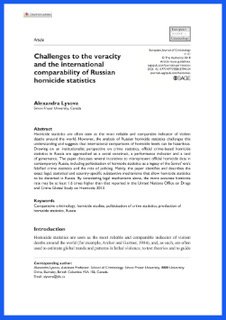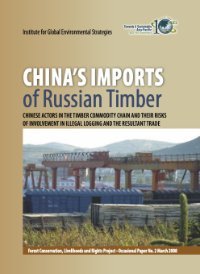By Vanya Petrova
Illicit cross-border financial flows – estimated at US$1–1.6 trillion a year globally – are harming economic development on a national and global level. This is particularly true when such flows originate in heavily étatist economies, with no effective division or independence of the private from the public or state-owned sector. Autocracies have long utilized obfuscated corporate ownership structures and illicit financial flows (IFFs) for nefarious purposes such as bribery, corruption and improper lobbying to secure anything from technologies and know-how to economic and political influence on countries of interest. Russia has established a pattern of malign economic impact in Europe through its cultivation of ‘an opaque network of patronage across the region that it uses to influence and direct decision-making’ in key markets and institutions. IFFs in the Balkan region, in particular, are manifold, multi-directional and, proportionally, large as a percentage of GDP. While global illicit outflows are 3–5% of world GDP, IFFs in the Balkans are estimated at about 6% of the region’s GDP. The common denominator of the Western Balkan countries is their vulnerabilities kindled by institutional weakness and state capture. IFFs promote rent-seeking and criminal behaviour, reduce governments’ capacity to support development and inclusive growth, undermine the rule of law and jeopardize the business environment. Illicit flows drain public resources, reduce the scope and quality of public services and, thus, undermine confidence in state institutions. The Kremlin has repeatedly taken advantage of its integration into the Western financial system to exploit governance gaps through the corrosive effect of illicit finance.7 The brutal invasion of Ukraine shed a harsh light on the sobering dangers of kleptocracy and the risks to which Europe – and the world – has exposed itself by taking a lax approach to dirty money. Russia’s war in Ukraine could exacerbate these circumstances and accelerate further IFFs in the Balkan region – a crucial entry point and essential route for a plethora of illegal activities, such as drug trafficking, human smuggling, illicit trade and contraband.8 Due to imposed travel bans, Serbia is one of the few remaining routes for Russians to establish themselves in the region. Since the start of the invasion of Ukraine, Russian nationals have registered more than 5 000 companies in Serbia, over 1 000 being limited liability companies and nearly 4 000 entrepreneurial businesses.9 The establishment of so many companies in the country offers fertile ground for money laundering.10 As observed in the Serbian national risk assessment by the Administration for the Prevention of Money Laundering, limited liability companies and entrepreneurs pose a particularly high degree of threat with respect to money laundering. Through such means wealthy Russians could seek investment opportunities and use existing connections to launder money in real estate and other sectors traditionally vulnerable to IFFs in the region. The primary goal of this report is to assess the major enablers and vulnerabilities of illicit finance in the eight Balkan countries (Albania, Bosnia and Herzegovina, Bulgaria, Croatia, Kosovo, Montenegro, North Macedonia and Serbia) after Russia’s invasion of Ukraine. More concretely, the study aims to analyze the primary IFFs sources and channels in the region, and identify any emerging trends concerning modus operandi, routes, business models, use of information and communications technology. In addition, the study intends to inspect the pressing challenges to border control, police and anti-money laundering authorities to effectively prevent, investigate and counter organized crime involved in cash smuggling and money laundering. Finally, the report aims to suggest feasible recommendations for improvement. The analysis presented is based on information collected through mixed methods research consisting of qualitative and quantitative desk research and in-depth interviews with key professionals from different organizations and professional affiliations in the eight countries. A total of 15 semi-structured interviews were conducted with experts from regional organizations, customs agencies, national anti-money laundering authorities, national revenue agencies, national customs agencies and NGOs, as well as with journalists and academics. A guiding questionnaire with key questions and topics was shared with the field researchers to facilitate the work and to ensure consistency in the information collection process.
Geneva, SWIT: Global Initiative Against Transnational Organized Crime (GI-TOC)’s , 2023. 24p.




















